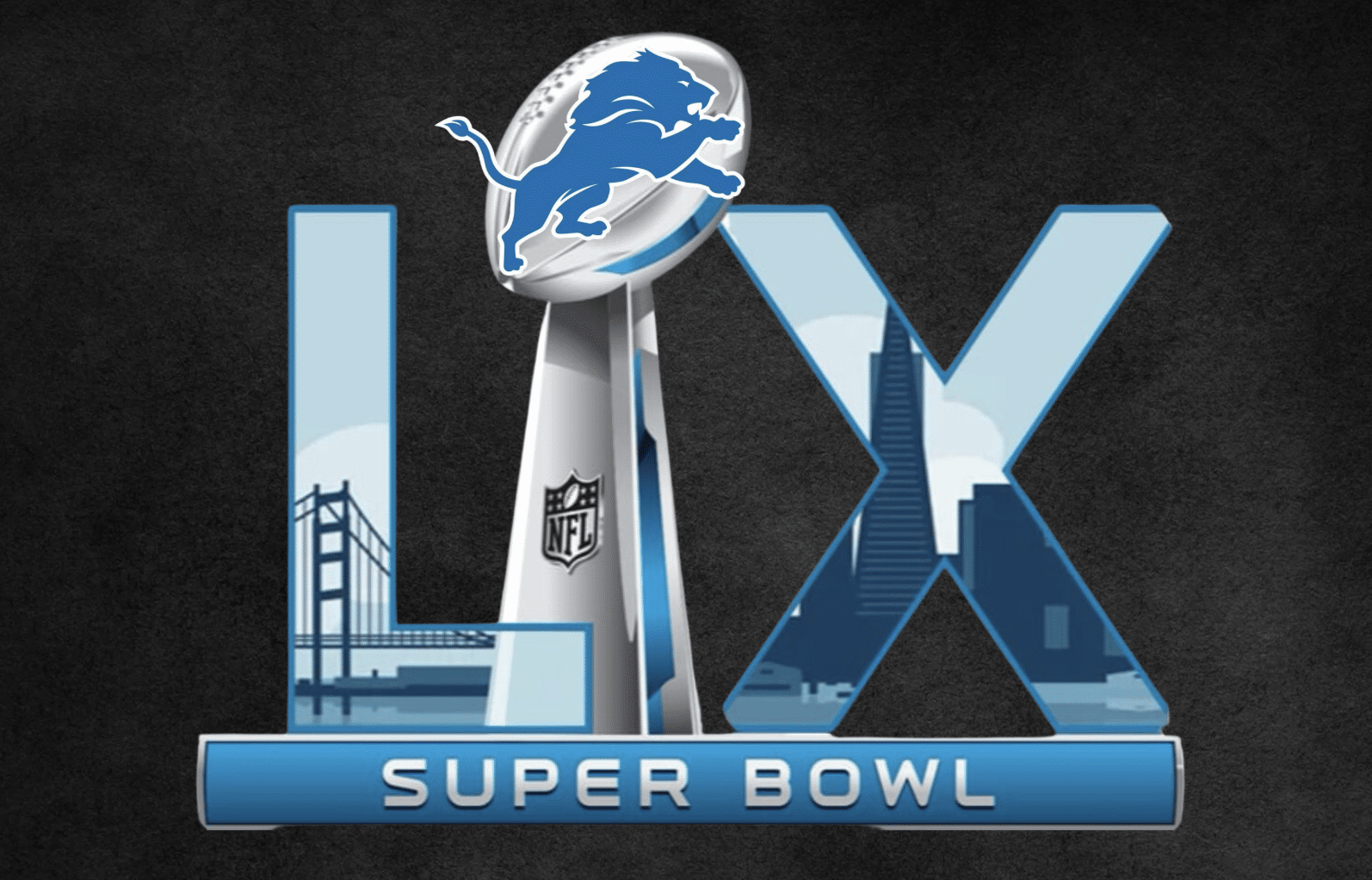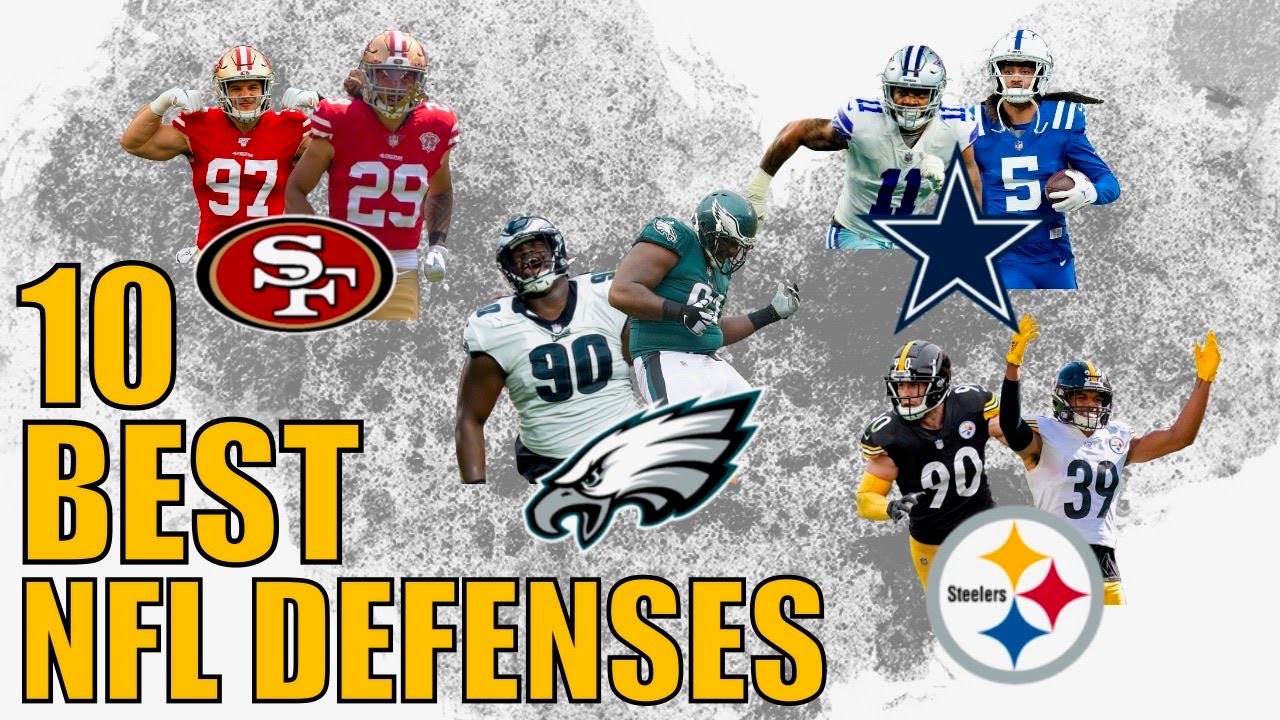What Are O Line Positions? Master Football Basics

The offensive line, often referred to as the O line, is the backbone of any football team’s offense. These players are responsible for blocking defensive players, creating openings for the running back, and protecting the quarterback. Understanding the different positions within the O line is crucial for grasping the fundamentals of football.
The typical offensive line consists of five players: the center, two guards, and two tackles. Each position has unique responsibilities and requires specific skills.
Center ©: The center is the player who snaps the ball to the quarterback to initiate a play. They are usually the most experienced player on the O line, as their role involves making calls and adjustments based on the defensive alignment. The center must be able to snap the ball accurately and quickly, while also being a proficient blocker.
Guards (Left Guard - LG, Right Guard - RG): The guards are positioned on either side of the center. They are responsible for blocking defensive players, particularly defensive tackles and sometimes defensive ends. Guards need to be powerful and agile, capable of blocking in both the run and pass games.
Tackles (Left Tackle - LT, Right Tackle - RT): The tackles are the players on the outside of the O line, responsible for blocking defensive ends and occasionally linebackers. The left tackle is often considered the most crucial position on the O line because they usually face the opponent’s best pass rusher. Tackles need to have the speed, agility, and strength to block both speed rushers and powerful defensive ends.
In addition to these basic positions, there are several techniques and strategies that O line players must master, including:
Blocking Schemes: These are the strategies used by the O line to block defensive players. Common schemes include zone blocking, where players block areas rather than specific defenders, and man blocking, where each lineman is assigned a specific defender to block.
Pass Protection: This refers to the techniques used by the O line to protect the quarterback from being sacked or hurried by defensive players. Pass protection involves identifying and blocking the most dangerous pass rushers, while also being prepared to pick up blitzing defenders.
Run Blocking: This involves creating openings for the running back by blocking defensive players. Run blocking requires a combination of strength, agility, and timing, as linemen must be able to move defenders out of the way or seal them off to create running lanes.
Understanding the roles and responsibilities of the O line positions is essential for analyzing and appreciating the game of football. Whether it’s the center’s snap, the guards’ blocks, or the tackles’ protection, each player’s contribution is vital to the success of the offense.
In the game of football, the O line is often referred to as the “unsung heroes” because, despite their crucial role, they rarely receive the same level of attention as skill position players like quarterbacks, running backs, and wide receivers. However, their importance cannot be overstated, as a well-functioning O line can be the difference between a successful offense and a struggling one.
What is the most important position on the O line?
+The left tackle is often considered the most crucial position on the O line. This is because they usually face the opponent's best pass rusher and must protect the quarterback's blind side. A proficient left tackle can significantly impact the team's ability to pass the ball effectively.
How do O line players communicate during a game?
+O line players often communicate through a series of calls and signals at the line of scrimmage. The center will typically make the initial call based on the defensive alignment, indicating which type of block or protection the line will use. Other linemen may also make adjustments or calls based on what they see from the defense.
What skills are required to be a successful O line player?
+A successful O line player needs a combination of strength, agility, speed, and technique. They must be able to block effectively in both the run and pass games, which requires not only physical abilities but also the intelligence to read defensive alignments and make adjustments. Additionally, cohesion and communication with other O line players are crucial for success.
The world of football is replete with intricacies and strategies, and the O line is at the heart of it all. By understanding the different positions, techniques, and responsibilities of the O line, fans can gain a deeper appreciation for the game and the athletes who play it. Whether you’re a seasoned football enthusiast or just starting to learn the basics, recognizing the importance of the O line can elevate your enjoyment and comprehension of the sport.



